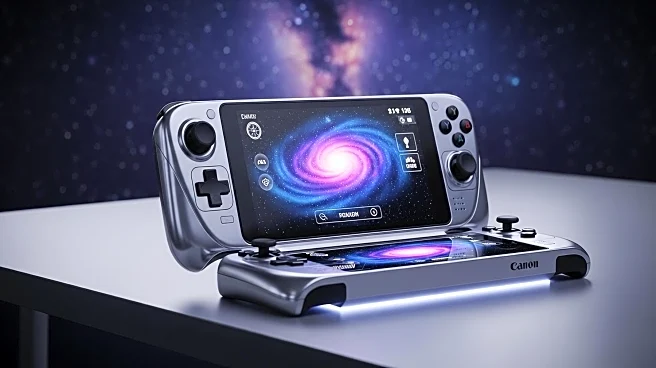What's Happening?
Nintendo has released an updated version of Super Mario Galaxy 2 for the Nintendo Switch, which includes several changes from the original Wii version. Notably, the update replaces a specific Toad NPC on Starship Mario, which previously allowed players to deposit Starbits, with a new NPC that provides instructions on using amiibo. This change is part of a broader set of updates that enhance the game, including improved visuals, 4K resolution support on Nintendo Switch 2, a new Assist Mode, Soundtrack Mode, and the addition of Rosalina's storybook. These updates aim to modernize the game and improve user experience, ensuring players can easily access new features.
Why It's Important?
The update to Super Mario Galaxy 2 reflects Nintendo's ongoing efforts to enhance classic games for modern platforms, potentially increasing their appeal to new and returning players. By updating the visuals and adding new features, Nintendo is likely aiming to boost sales and maintain interest in its gaming ecosystem. The removal and replacement of the NPC may also indicate a shift in how Nintendo wants players to interact with game mechanics, emphasizing newer technologies like amiibo. This could have implications for how future games are designed and marketed, impacting both consumer expectations and Nintendo's strategic direction.
What's Next?
As Nintendo continues to update and re-release classic games, players can expect further enhancements and changes that align with current gaming trends and technologies. The focus on integrating amiibo and other modern features suggests that Nintendo may continue to innovate in how players interact with their games. Additionally, the success of these updates could influence Nintendo's decisions on which other classic titles to bring to the Switch platform, potentially expanding their library and attracting a wider audience.
Beyond the Headlines
The decision to replace the NPC in Super Mario Galaxy 2 may also reflect broader industry trends towards simplifying game mechanics and enhancing accessibility. By making features like amiibo usage more prominent, Nintendo is likely catering to a generation of gamers who are accustomed to interactive and connected gaming experiences. This shift could have long-term implications for game design, encouraging developers to prioritize ease of use and integration with external technologies.











